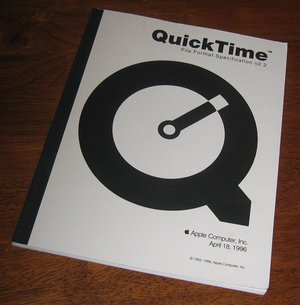…at least, that’s what I would like to do. I bought a used Xbox game nearly 2 years ago with the intention of opening up the disc and studying the contents for interesting multimedia formats. I picked up a few more titles some months ago because I heard these games had some unique multimedia targets. Today, close to 5 years after the Xbox’s initial launch, I tried to examine the disc contents. I ran into a few problems.
I had always heard that Xbox discs have a standard DVD-video structure at the front in order to accommodate the eventuality that the disc may be placed into a standard DVD player. Sure enough, treating the disc like a DVD shows a 13-second, totally X-treme Xbox video followed by a still screen instructing the user, in several languages, to play the disc in the proper game console.
If you use standard CD/DVD system tools to study the Xbox disc, it will be reported as having 6,992 2048-byte sectors, a little over 14 megabytes of DVD-video data. This page on Xbox-Linux describes the Xbox DVD filesystem (XDVDFS) format. However, the markers discussed in that document (“MICROSOFT*XBOX*MEDIA”) do not occur in this 14-megabyte data segment. I imagine the game data starts immediately after this segment. As the document explains, the Xbox DVDs have a fraudulent TOC which tells standard DVD-ROM drives that the disc is much shorter than it actually is. Trying to seek past that point manually just results in an unceremonious EOF.
A brief perusal of BitTorrent sites reveals that many people have absolutely no trouble ripping Xbox games for the purpose of distribution. How do they do it? Apparently, by modding an Xbox, running Linux on it, logging into the Xbox, loading a game disc into the Xbox’s drive, FTP’ing to another computer, and reading the raw game sectors from the disc using the Xbox’s drive, which apparently uses a different set of rules for reading. Not being in possession of an Xbox and having no desire to invest in one at this time, I am at a bit of a loss to study these discs, unless there is a solution I am overlooking.
Based on the filesystem format doc, I am quite confident I could write a FUSE module for browsing the filesystem in short order, based largely on my gcfuse code.

